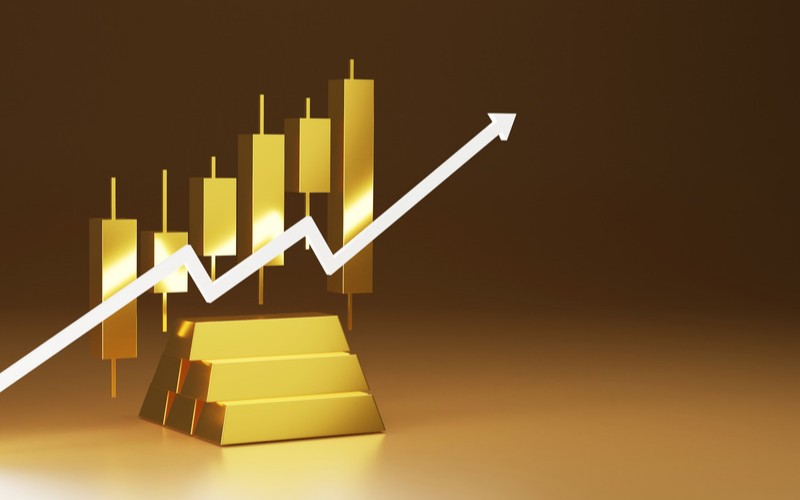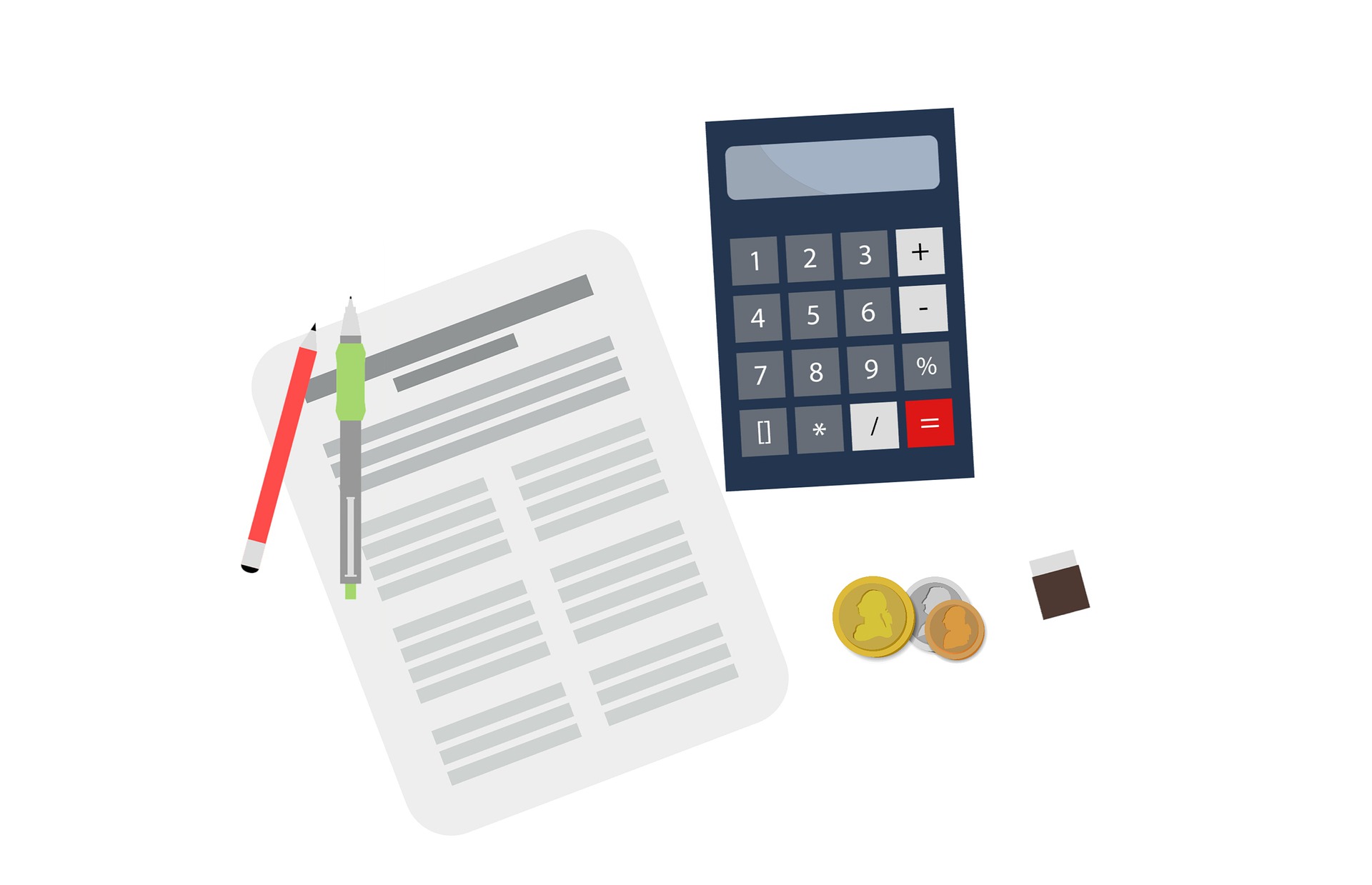For centuries, precious metals have been a trusted store of value. Unlike stocks or paper currencies, these assets hold intrinsic worth, making them attractive during economic downturns. Many investors turn to them when inflation rises, protecting their wealth from currency depreciation. Geopolitical instability, financial crises, and interest rate fluctuations influence demand, making price movements dynamic.
Mastering gold trading requires more than tracking market prices. Professional traders analyse economic trends, technical indicators, and geopolitical factors to make strategic decisions. They develop disciplined approaches, balancing risk and reward with precise execution. To trade like a pro, you must learn to manage risk, interpret data, and adapt to changing conditions. Let’s explore the secret strategies.
Understanding Market Influences
Multiple global factors drive the price of precious metals. Inflation, interest rates, and central bank policies determine market trends. When inflation rises, investors move toward tangible assets, increasing demand. Conversely, when interest rates climb, assets offering fixed returns become more appealing, reducing speculative buying.
Wars, trade disputes, or financial crises increase investor uncertainty, often pushing demand higher—additionally, supply and demand impact pricing. Mining disruptions, environmental regulations, and industrial consumption influence availability, causing price movements. Recognising these external forces helps traders anticipate market trends and position themselves accordingly.
Identifying Trends and Key Levels
Professional traders don’t make decisions based on speculation—they rely on technical analysis to predict market movements. Price charts, trendlines, and support-resistance levels provide insights into buying and selling opportunities. Recognising patterns allows them to time their entries and exits effectively.
Momentum indicators like the Relative Strength Index (RSI) and Moving Average Convergence Divergence (MACD) measure market conditions. These tools help identify whether the market is overbought or oversold, guiding them toward profitable setups. A well-structured strategy based on technical analysis improves accuracy and minimises unnecessary risks.
Evaluating Economic and Market Conditions
While technical analysis focuses on price action, fundamental analysis looks at broader economic trends. A strong U.S. dollar usually weakens demand, while a depreciating currency strengthens upward momentum. Understanding macroeconomic indicators such as employment rates, GDP growth, and inflation figures is vital in predicting future price movements.
Demand for physical metals also contributes to market fluctuations. Industries like jewellery, electronics, and aerospace also contribute to these fluctuations. Additionally, central banks hold large bullion reserves, and their buying or selling decisions impact market liquidity. By combining technical and fundamental analysis, traders make more informed decisions, increasing their chances of long-term profitability.
Protecting Capital from Market Volatility
Even the most experienced traders experience losses. Adequate risk management is crucial for long-term success. Savvy traders use stop-loss orders to prevent excessive drawdowns, ensuring a single bad market doesn’t wipe out their portfolio. Position sizing is another critical factor—limiting risk per trade helps maintain financial stability.
Diversification is also vital to minimising losses. Relying solely on one commodity exposes traders to unpredictable fluctuations. Combining metals with other assets like currencies or indices creates a more balanced investment approach. By managing risk efficiently, they protect their capital while increasing their potential for sustainable profits.
The Mindset of a Pro Trader
Emotions are the biggest challenge in trading. Fear, greed, and impatience often lead to costly mistakes. Professionals approach the market with a disciplined mindset, following a strict trading plan rather than reacting impulsively to price swings. They know when to cut losses and when to let profits run. Keeping a trading journal helps track performance and refine strategies.
Reviewing past mistakes allows traders to adjust their approach and improve over time. Patience and consistency separate amateurs from seasoned professionals. An intense psychological foundation for long-term profitability is as important as technical skills. Maintaining discipline and a well-defined strategy prevents impulsive decisions that could lead to unnecessary losses.
Choosing the Right Platform for Maximum Profit
Selecting the right platform is crucial for smooth and efficient trading. Professional traders don’t just look for a visually appealing interface; they prioritise speed, security, and functionality. A reliable platform provides real-time price updates, seamless order execution, and access to advanced analytical tools. Reputable brokers operate under strict financial guidelines, ensuring funds remain protected.
Platforms with built-in risk management tools, such as stop-loss and take-profit options, help traders safeguard their capital. A trading platform should offer mobile access, allowing traders to monitor positions and execute trades. Those with algorithmic trading capabilities and integrations with external tools provide an edge in fast-moving markets. Testing different platforms through demo accounts helps determine which one best meets a trader’s needs.
Long-term success in gold trading requires strategy, patience, and adaptability. Professionals don’t rely on luck; they combine technical and fundamental analysis to predict market movements. Effective risk management and a disciplined mindset separate winning traders from those who struggle. Anyone can confidently develop the skills to explore this high-volume market by continuously refining techniques and staying informed.









